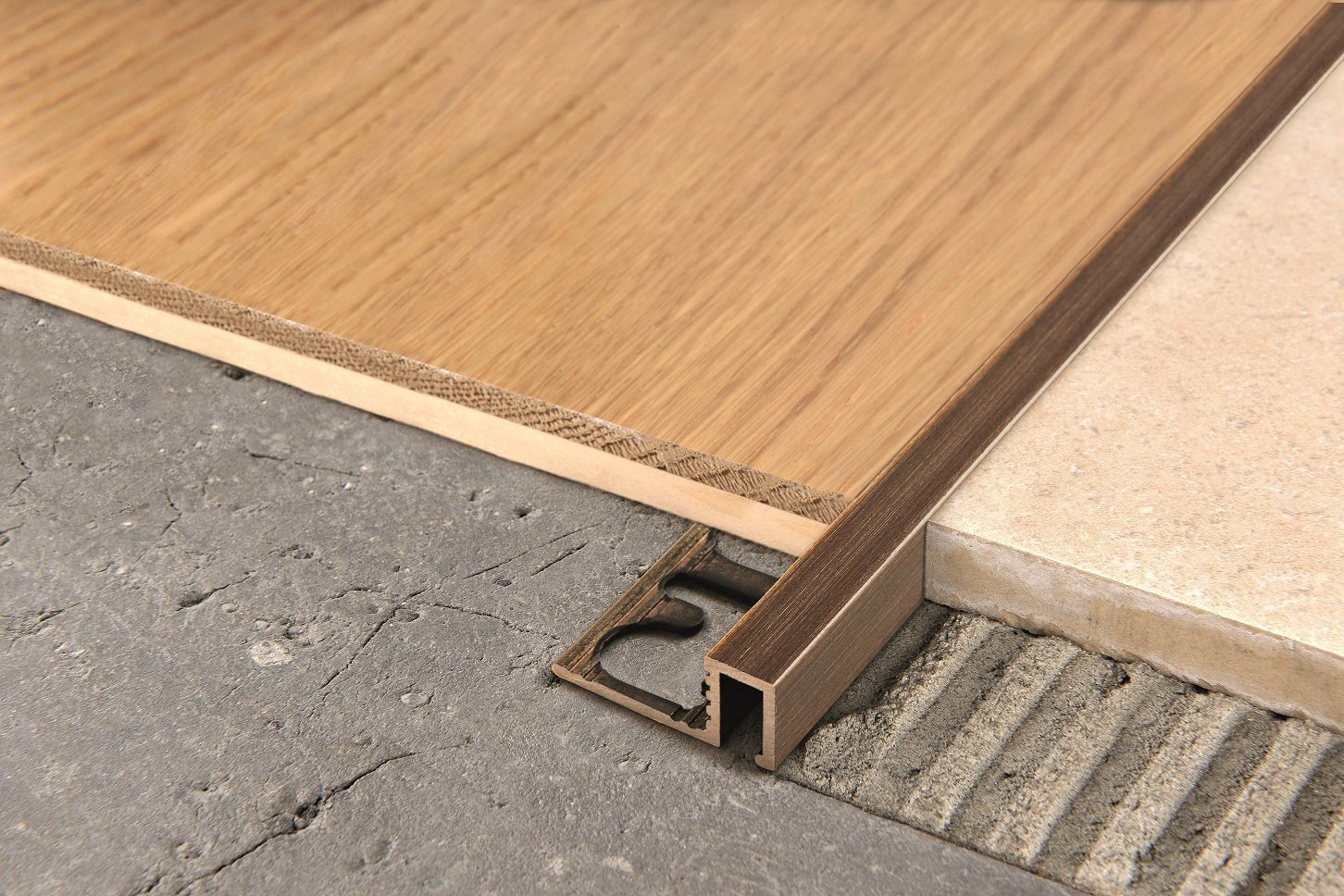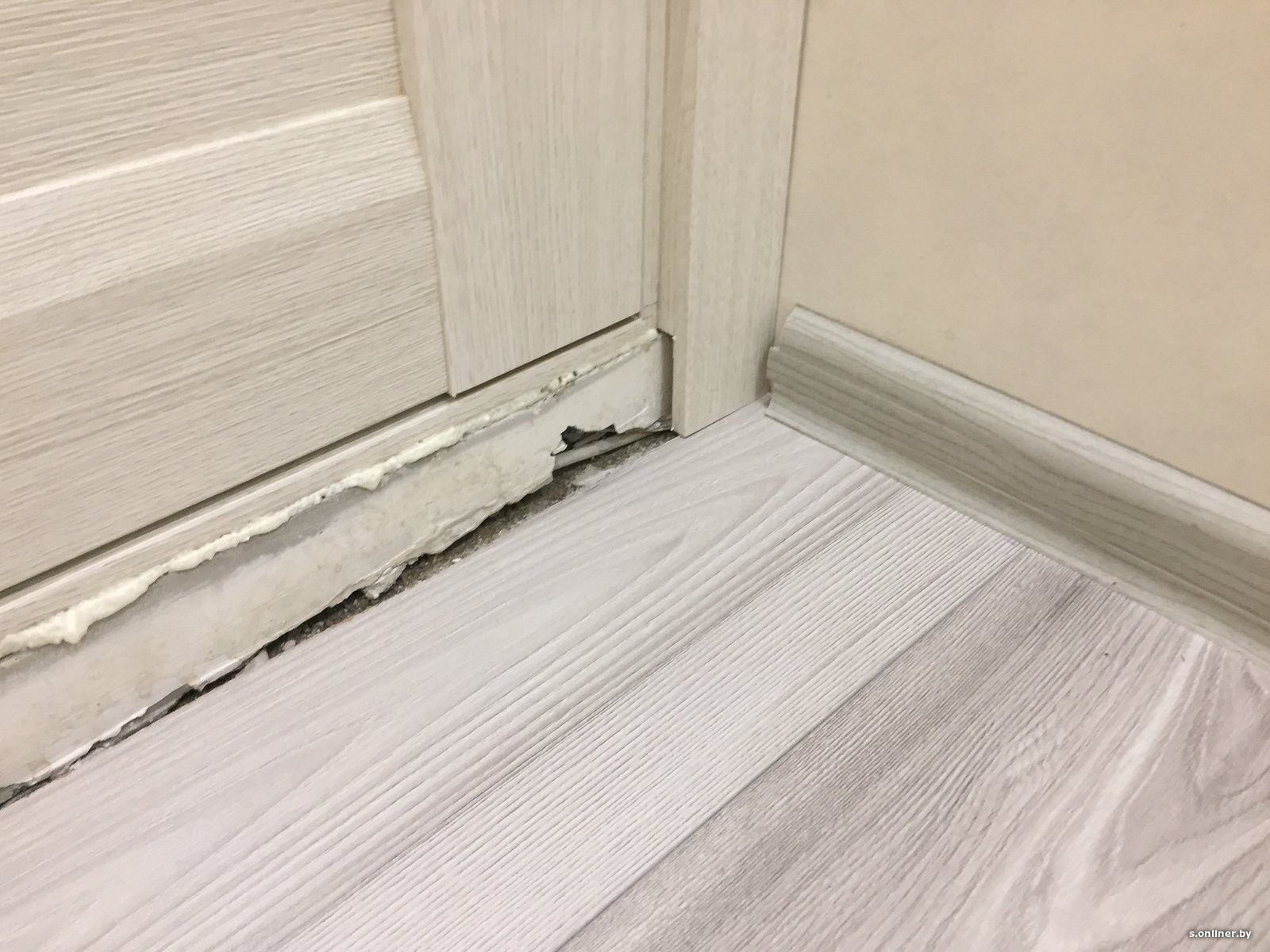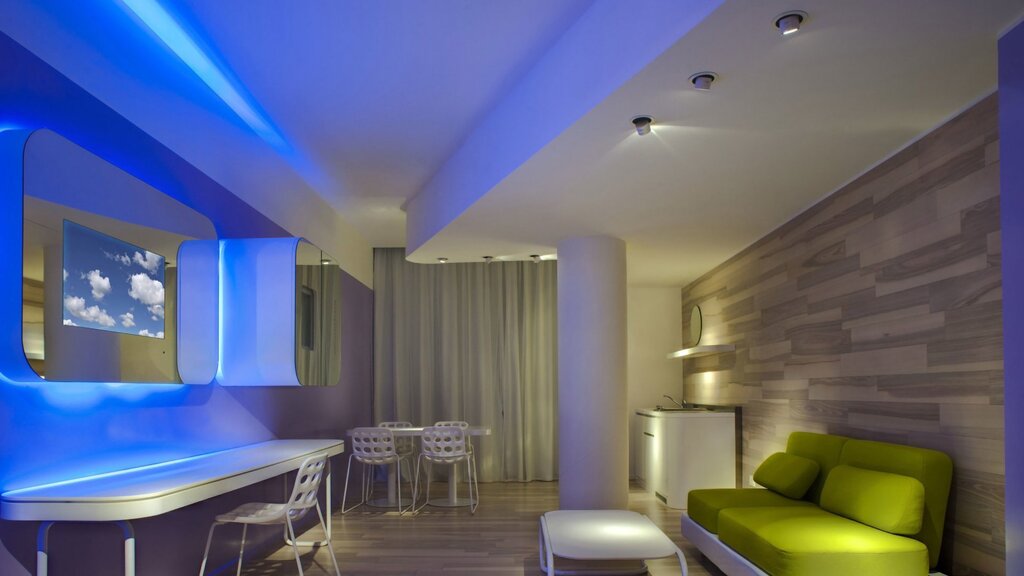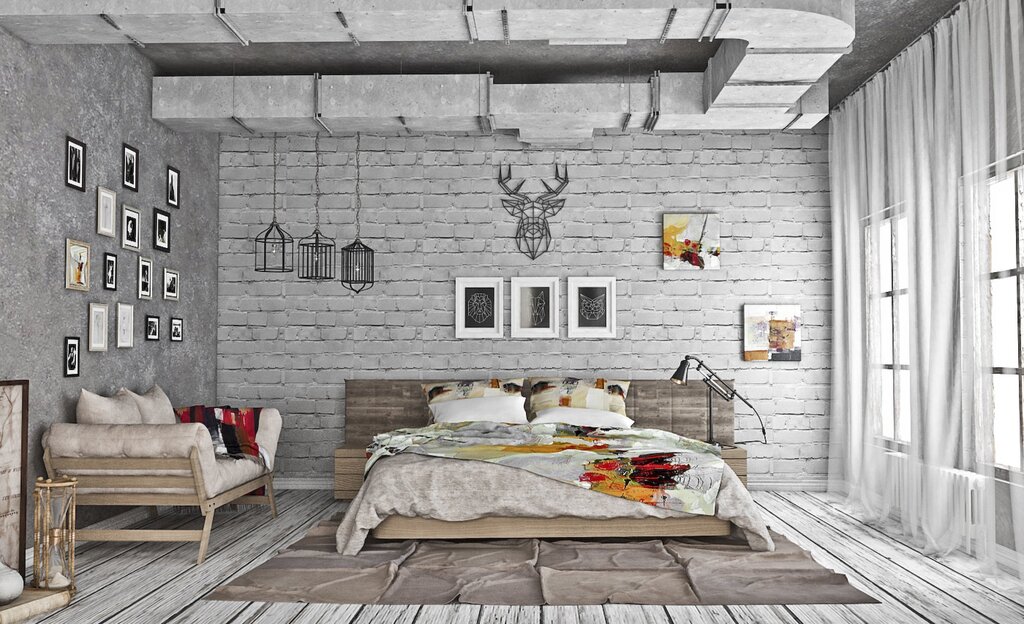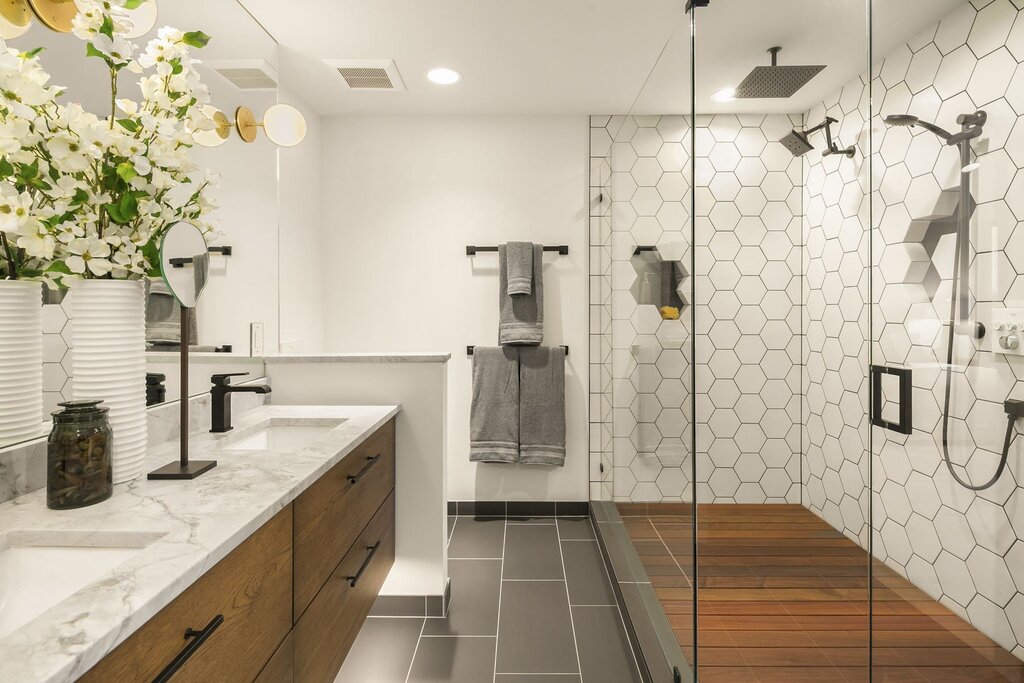Floor thresholds 32 photos
Floor thresholds, often overlooked in the grand design of interiors, play a crucial role in both functionality and aesthetics. These transitional elements serve as the bridge between different flooring types, seamlessly connecting spaces while providing a smooth, safe transition. Whether you're moving from hardwood to tile or carpet to concrete, thresholds ensure a harmonious flow throughout a home or office. Beyond their practical purpose, floor thresholds offer an opportunity to enhance the design narrative of a space. Available in a variety of materials such as wood, metal, and stone, they can be selected to complement or contrast with existing floors, adding an unexpected design detail. The choice of threshold can subtly influence the perception of space, drawing attention to transitions, or allowing for a seamless blend. Moreover, thresholds can address practical concerns such as height differences between floors, minimizing tripping hazards. They also contribute to noise reduction, acting as a barrier that dampens sound between rooms. In spaces with heavy foot traffic, they offer durability, protecting the edges of flooring materials from wear and tear. In essence, floor thresholds are more than mere connectors; they are integral to the cohesive and functional design of an interior. They embody the intersection of utility and style, proving that even the smallest details can have a significant impact on the overall experience of a space.






